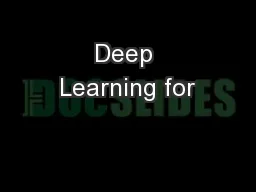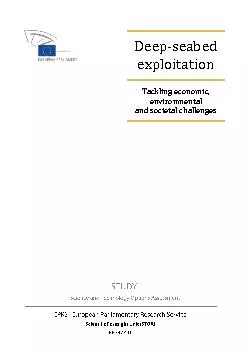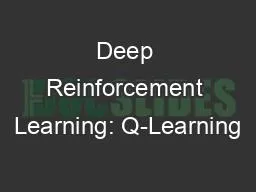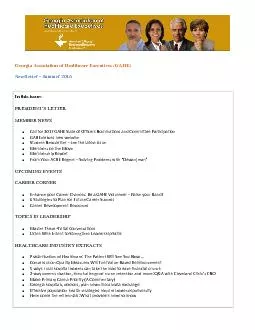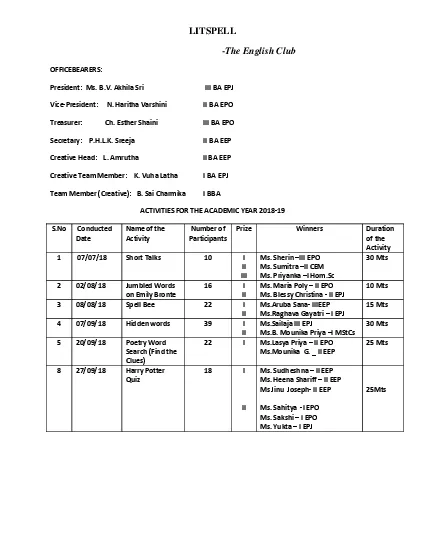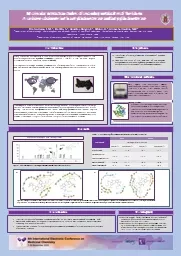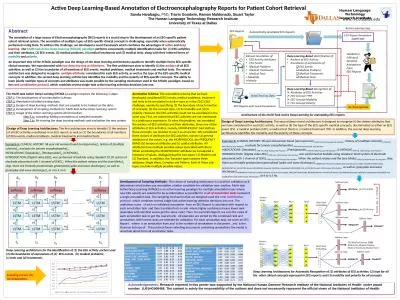PPT-D EEP C ACHE : A Deep Learning Based
Author : kittie-lecroy | Published Date : 2019-11-07
D EEP C ACHE A Deep Learning Based Framework For Content Caching August 24 2018 NetAI 2018 Budapest Hungary Arvind Narayanan Saurabh Verma Eman Ramadan Pariya
Presentation Embed Code
Download Presentation
Download Presentation The PPT/PDF document "D EEP C ACHE : A Deep Learning Based" is the property of its rightful owner. Permission is granted to download and print the materials on this website for personal, non-commercial use only, and to display it on your personal computer provided you do not modify the materials and that you retain all copyright notices contained in the materials. By downloading content from our website, you accept the terms of this agreement.
D EEP C ACHE : A Deep Learning Based: Transcript
Download Rules Of Document
"D EEP C ACHE : A Deep Learning Based"The content belongs to its owner. You may download and print it for personal use, without modification, and keep all copyright notices. By downloading, you agree to these terms.
Related Documents


